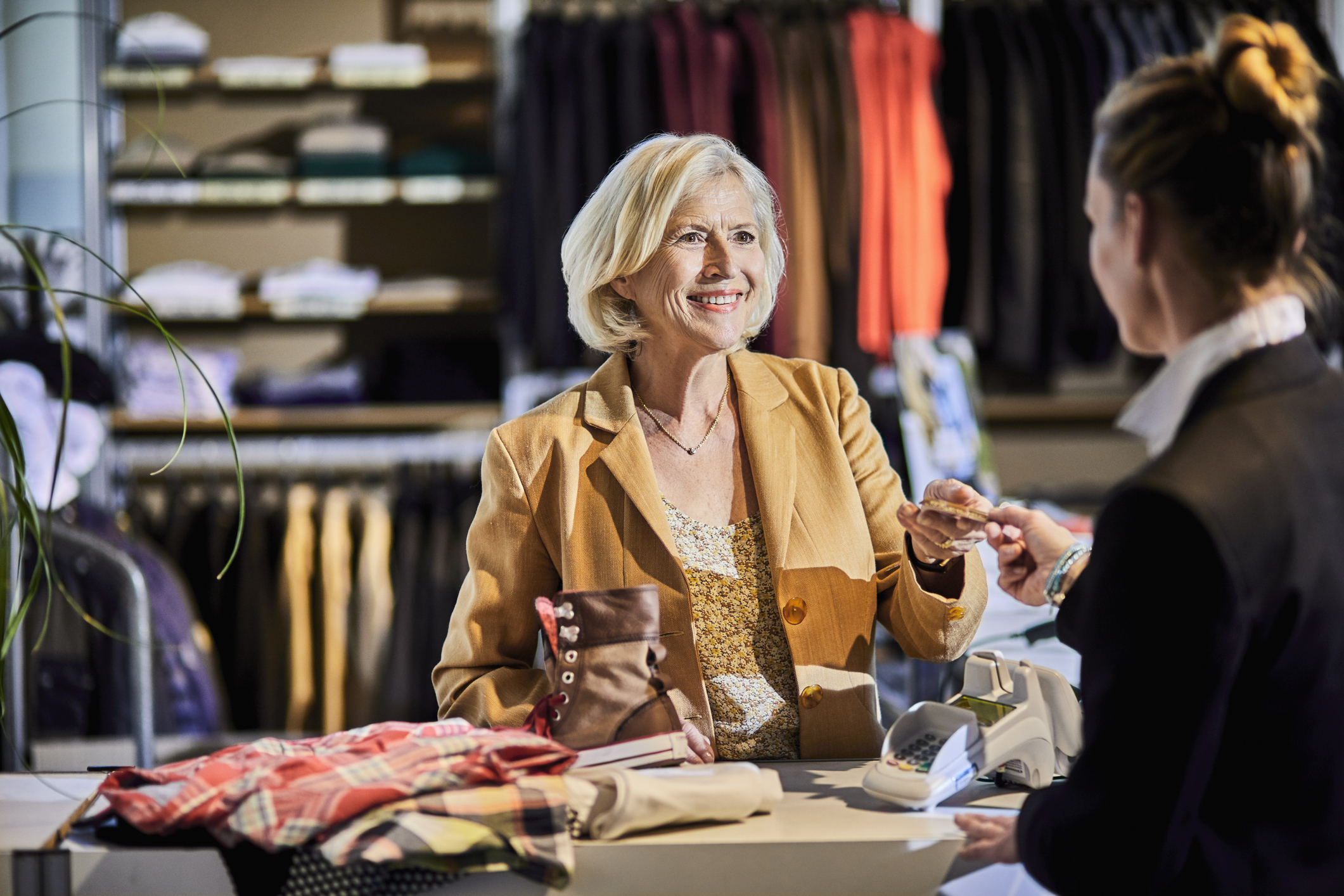Wi-Fi Hot Spots Growing Much Larger
More available frequencies and connections spell fewer dead zones and many new uses.
Wireless communications are poised for a big expansion in coming years as Uncle Sam boosts the range of available radio frequencies and as cities and rural communities extend low-cost broadband connections to many more areas. Moreover, airlines are on the cusp of offering wider Wi-Fi service to air travelers.
New frequencies freed up by the Federal Communications Commission (FCC) will unclog congestion on current Wi-Fi networks as well as eliminate many frustrating dead zones.
They’ll make a host of new applications practical. Wilmington, N.C., for example, is using an experimental network employing spectrum below 1 gigahertz (GHz)—the type being opened up by the FCC—in a number of “smart city” applications. They include supplying low-cost broadband connections to low-income housing, linking remote cameras on hurricane evacuation routes, monitoring water levels and water purity sensors, flood control and monitoring operations at city facilities, such as lights in public parks.
From just $107.88 $24.99 for Kiplinger Personal Finance
Become a smarter, better informed investor. Subscribe from just $107.88 $24.99, plus get up to 4 Special Issues

Sign up for Kiplinger’s Free Newsletters
Profit and prosper with the best of expert advice on investing, taxes, retirement, personal finance and more - straight to your e-mail.
Profit and prosper with the best of expert advice - straight to your e-mail.
Using the same low spectrum, Plumas-Sierra Rural Electric Cooperative, which serves Plumas County, Calif., is teamed up with technology giant Google Inc. in a large-scale smart grid experiment that allows the utility to manage the electrical system remotely, obtain data from its substations, manage the power flow and better protect the system and its maintenance workers.
And software behemoth Microsoft Corp. is using low spectrum to link more than 100 buildings on its campus in Bellevue, Wash.
Spectrum below 1 GHz can cover much larger areas than is possible with today’s Wi-Fi hot spots, which operate in the 2.4 GHz and 5 GHz bands. The lower spectrum—also known as “white space”—can penetrate walls more effectively than higher gigahertz, in effect creating super Wi-Fi sites. They’ll help to make the use of Wi-Fi ubiquitous in workplaces and public spaces.

White space refers to radio frequencies between broadcast TV channels and is designed to reduce interference between radio or TV channels. Since television switched over to digital format—in effect allowing more channels in less of the spectrum—the amount of the space has increased, making it available for other uses.
The new spectrum will greatly increase wireless broadband systems and provide a greater range of coverage—by a factor of nine—or provide the same range at less power, paving the way for mobile communications devices with much greater battery life.
It will be a boon to rural areas that are currently underserved by wireless communications. It will also lead to the availability of relatively inexpensive mobile devices that will make exclusive use of the new space. Handsets designed for the new spectrum will hit stores next year.
Though the tech industry overall supports the FCC’s move to free up the low spectrum, some broadcasters fret that it may interfere with their operations. For example, wireless microphones used in broadcasting currently operate on low spectrum frequencies, but the new regulations from the FCC limit them to two channels.
Profit and prosper with the best of Kiplinger's advice on investing, taxes, retirement, personal finance and much more. Delivered daily. Enter your email in the box and click Sign Me Up.
-
 Gold and Silver Shine as Stocks Chop: Stock Market Today
Gold and Silver Shine as Stocks Chop: Stock Market TodayStocks struggled in Friday's low-volume session, but the losses weren't enough to put the Santa Claus Rally at risk.
-
 Don't Wait Until January: Your Year-End Health Checklist to Kickstart 2026
Don't Wait Until January: Your Year-End Health Checklist to Kickstart 2026Skip the fleeting resolutions and start the new year with a proactive plan to optimize your longevity, cognitive health, and social vitality.
-
 Premium Rewards Cards: More Perks, Higher Fees
Premium Rewards Cards: More Perks, Higher FeesSome issuers are hiking the annual fee on their flagship luxury credit cards by hundreds of dollars. Are they still worth using?
-
 AI Appliances Aren’t Exciting Buyers…Yet
AI Appliances Aren’t Exciting Buyers…YetThe Kiplinger Letter Artificial intelligence is being embedded into all sorts of appliances. Now sellers need to get customers to care about AI-powered laundry.
-
 Banks Are Sounding the Alarm About Stablecoins
Banks Are Sounding the Alarm About StablecoinsThe Kiplinger Letter The banking industry says stablecoins could have a negative impact on lending.
-
 When Tech is Too Much
When Tech is Too MuchOur Kiplinger Retirement Report editor, David Crook, sounds off on the everyday annoyances of technology.
-
 Big Changes Are Ahead for Higher Ed
Big Changes Are Ahead for Higher EdThe Kiplinger Letter A major reform of higher ed is underway. Colleges are bracing for abrupt change, financial headwinds and uncertainty.
-
 I Let AI Read Privacy Policies for Me. Here's What I Learned
I Let AI Read Privacy Policies for Me. Here's What I LearnedA reporter uses AI to review privacy policies, in an effort to better protect herself from fraud and scams.
-
 What New Tariffs Mean for Car Shoppers
What New Tariffs Mean for Car ShoppersThe Kiplinger Letter Car deals are growing scarcer. Meanwhile, tax credits for EVs are on the way out, but tax breaks for car loans are coming.
-
 AI’s Rapid Rise Sparks New Cyber Threats
AI’s Rapid Rise Sparks New Cyber ThreatsThe Kiplinger Letter Cybersecurity professionals are racing to ward off AI threats while also using AI tools to shore up defenses.
-
 Blue Collar Workers Add AI to Their Toolboxes
Blue Collar Workers Add AI to Their ToolboxesThe Kiplinger Letter AI can’t fix a leak or install lighting, but more and more tradespeople are adopting artificial intelligence for back-office work and other tasks.